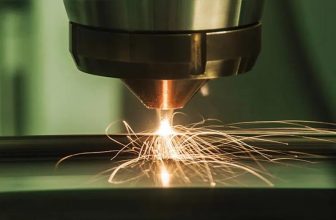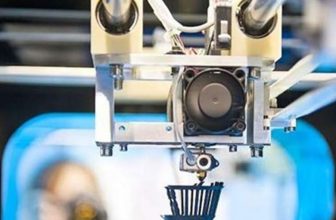
In the past few decades, the manufacturing industry has faced major changes. New production methods such as rapid prototyping, 3D printing, and CNC machining have entered the market, opening up a new era for the improvement of the manufacturing industry.
Companies are constantly looking for ways to make the manufacturing process more efficient, sustainable and digital. Therefore, more advanced machines and production technologies are being implemented in this field.
For example, with 3D printing alone, the market can reach US$26.7 billion by the end of 2019. Advanced manufacturing technology is booming, and the industry has undergone the best changes. If you are a practitioner in automotive, automation, robotics, equipment, aerospace or similar businesses, you should realize the potential of digital manufacturing for your product design and company.
Rapid prototyping and its role in manufacturing
Prototypes and shapes are the basic elements of sophisticated product design. However, for many years, manufacturing companies have been reducing prototype manufacturing due to expensive materials and long processing procedures. Now, through rapid modeling, every manufacturing company has the ability to improve design and elevate manufacturing to a higher level.
The good news is that you don’t need to buy the machine yourself, you can easily find a professional service provider to help with product design.
Advanced practices have many benefits for product design and manufacturing companies. We listed five reasons why companies consider rapid prototyping product design and how it can help stand out in this industry.
1.Better grasp the appearance of the product
Although the choice of modeling software is extensive and highly advanced, it is impossible for product designers to have a comprehensive understanding of design without a physical representation. Prototyping solves this interference and enables designers to make similar actual project models. Before an actual project appears, it is easier to find and resolve these deficiencies.
2.Instant adjustment
Rapid modeling eliminates production time and cost, which allows multiple changes during execution. Thanks to faster and cheaper adjustments, designers can generate physical representations of products and make changes at different manufacturing stages. It also benefits end consumers because they can add their input to a project and help adapt to its audience.
3.Cost-effective
3D printers of CNC machine tools can use different materials to make physical models. Advanced tools can use more affordable materials such as plastics. It also does not require large amounts of energy and other resources to perform an action. In addition, CNC machining and 3D printing are based on CAD models with high accuracy, avoiding errors and waste of resources.
4.Fast
There is a reason for rapid prototyping. Within minutes, you can get a physical model of the product design and adjust the changes. This saves a lot of time and can be used to master the project. In addition, the simple implementation enables designers with no mechanical experience to participate in the production process.
5.Reduce errors
Modern manufacturing models are usually implemented based on software and do not involve too much manual work. Automated processes help reduce human error and play a prominent role in product design. The machine executes accurately, only in CAD models.





